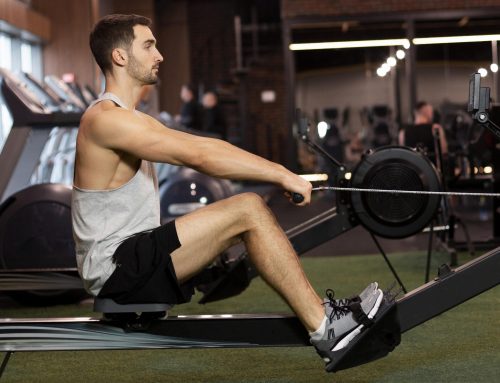Introduction
Rowing is a popular and effective form of exercise that helps in building and toning muscles, and improving cardiovascular health. However, there is a common concern among the enthusiasts of rowing – is rowing hard on your knees? In this article, we will explore this topic in detail and provide you with the necessary information to make an informed decision.
The Mechanics of Rowing
Rowing involves a repetitive motion of sliding forward and backward on a seat, while bending and straightening your legs. This motion is driven by a combination of leg power and upper body strength. While the main emphasis of rowing is on the upper body and the core, it also places a significant load on the knees.
Impact of Rowing on Knees
Rowing, like any other exercise, can have an impact on your knees. The repetitive motion of bending and straightening your knees, combined with the load of your body weight, can lead to wear and tear of the knee joints over time. This can result in knee pain, inflammation, and other knee-related injuries.
Rowing Technique and Knee Health
The good news is that knee injuries caused by rowing can be minimized by using the right technique. One of the most important aspects of proper rowing technique is maintaining a good posture throughout the exercise. This means that you need to keep your back straight, engage your core, and use your legs to drive the motion, rather than pulling with your arms.
Preventing Knee Injuries
Apart from maintaining good technique, there are a few other things you can do to prevent knee injuries while rowing. These include:
- Wearing proper footwear that provides adequate support and cushioning to your feet and knees.
- Stretching your legs and knees before and after a rowing session to improve flexibility and prevent muscle strains.
- Gradually increasing the intensity and duration of your rowing workouts to avoid overloading your knees.
- Using a rowing machine with an adjustable resistance level that allows you to customize the workout to your fitness level and avoid putting too much stress on your knees.
Alternative Exercises
If you have a pre-existing knee injury or are experiencing knee pain due to rowing, you may want to consider alternative exercises that are less taxing on your knees. These exercises include swimming, cycling, and using an elliptical machine. These exercises provide similar cardiovascular benefits to rowing but place a lower load on your knees.
Conclusion
In conclusion, rowing is an excellent form of exercise that provides numerous health benefits. While rowing can place a load on your knees, proper technique and precautions can minimize the risk of knee injuries. If you have knee issues or are experiencing knee pain, it is advisable to consult a physician or a fitness coach before starting a rowing routine.






